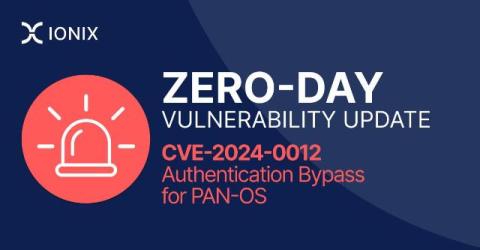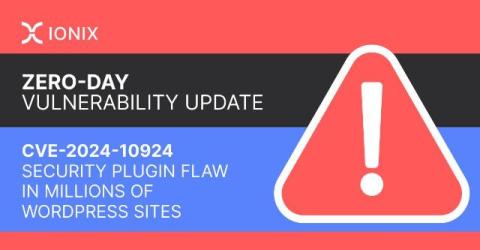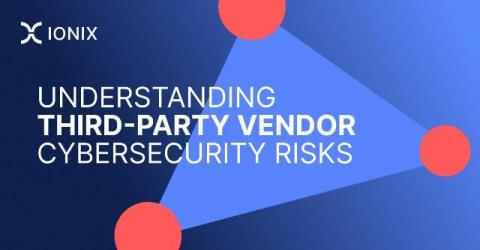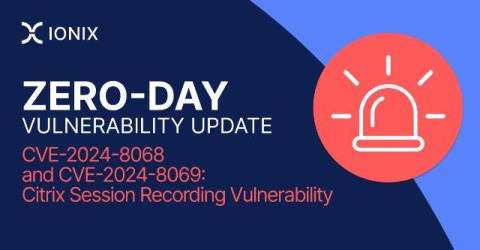Emerging Threat: Palo Alto PAN-OS CVE-2024-0012 & CVE-2024-9474
On November 18, 2024, Palo Alto Networks (PAN) fully disclosed two serious vulnerabilities in PAN-OS software that had previously been partially disclosed on November 8th. The first vulnerability, CVE-2024-0012, is a critical severity (9.3) authentication bypass in the PAN-OS management web interface. It allows unauthenticated attackers with network access to gain administrator privileges by bypassing the authentication check entirely, essentially telling the server not to check for authentication at all.











